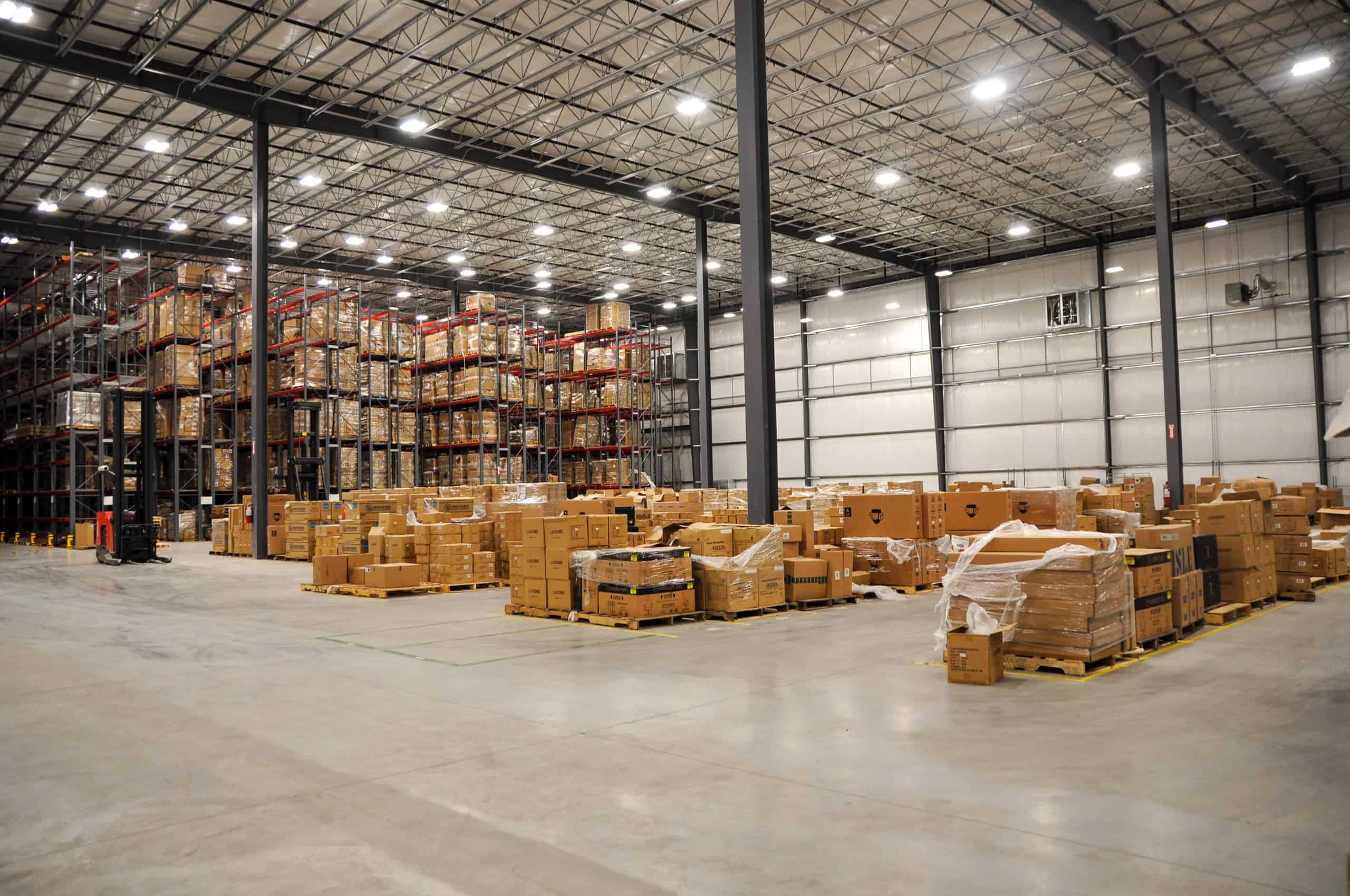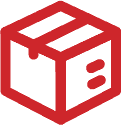Home Appliance 3PL & Fulfillment Services
Reliable third party logistics provider for home appliance brands
Trust our logistics experts to handle your complex home appliance fulfillment needs with precision and care.
We specialize in big, heavy & bulky items, easing your fulfillment burden while saving you money through our deep shipping discounts from national carriers. Let us take care of the heavy lifting so you can focus on growing your business.

Streamline your home appliance fulfillment with the industry leader in big, heavy, and bulky fulfillment
Trust our seasoned professionals to manage your home appliance fulfillment needs with precision and care. Red Stag’s expert team specializes in handling a wide range of delicate electronics and bulky appliances:

Air purifiers

Portable air conditioners and heaters

Vacuum cleaners

Small refrigerators and freezers

Stand mixers and food processors

Coffee makers and espresso machines

Microwave and toaster ovens

Dishwashers (countertop)

Humidifiers and dehumidifiers

Air fryers
*We can fulfill any home appliance product that can be placed in a box and meets parcel shipment size requirements.

One of the reasons we moved to Red Stag is because they had secured big discounts with their carriers. If you’re a brand with large products, high surcharges for big and heavy items can really kill you.
Red Stag went really aggressive on cutting down those costs with the carriers, and they could pass the savings on to us.

Jon Blair
Former CFO/COO at Guardian Bikes | Founder at FreeToGrowCFO.com
Why partnering with a 3PL built for big items like home appliances benefits your brand:

Deep shipping discounts
from national carriers
Moving heavy appliances across the country is costly. We leverage our relationships with national carriers and combined shipping volume to secure premium discounts on bulky items, passing significant savings to you.

A warehouse and process
designed for large products
We have high ceilings, wide aisles, and a team that thrives on heavy lifting. Heavy products aren’t approached with dread—they’re what we’re best at, and receive the care they deserve.

Industry-leading protection guarantees
With high-value appliances costing hundreds or thousands to replace, you need iron-clad protection. Our zero-damage guarantee means we cover full replacement costs plus compensation if we fail to handle your products properly.

Human + automation hybrid approach
While other 3PLs rely on inflexible automation designed for small items, Red Stag uses a hybrid model that blends automation designed for big, heavy, and bulky items with a highly trained team.

Common challenges of home appliances fulfillment & shipping to customers
01
Home appliances are heavy and bulky, requiring specialized equipment and careful handling during storage and transportation.
02
Many appliances need temperature-controlled storage to protect sensitive electronic components and prevent moisture damage.
03
Receiving and processing large appliances requires detailed inspection protocols and specialized dock equipment to prevent damage during unloading and putaway.
04
Precise packaging and shipping methods are essential to prevent costly damage to these high-value items.
The Red Stag Story
Focusing on big, heavy and bulky fulfillment since 2012
In 2011, our co-founders were on their third 3PL and at their wit’s end.
Their sporting goods e-commerce company was growing rapidly. But fulfillment was a major problem— late deliveries to customers, lost inventory, and package mixups were costing them dearly—in both money and customer loyalty.
One of the problems? Their inventory was heavy and bulky. And the 3PLs were struggling with the (literal) heavy lifting.
This was the moment Red Stag was born.
And since our very first client was our owners’ sporting goods company, we purpose-built our operations to handle big, heavy, and bulky fulfillment from day 1.

Home appliances fulfillment isn’t the only thing we have going for us…

US support team with dedicated account managers
You never get lost in the shuffle at Red Stag Fulfillment. Need to pick up the phone and talk to someone today? You got it. We aren’t going to send you down a support ticket rabbit hole with an outsourced rep.

Clean and organized warehouses
This should be a given for any 3PL, right? Sadly, it’s not. Cleanliness and organization are two of the best leading indicators of a successful operation. We’re proud of our warehouses and welcome you to come see for yourself, anytime.

Privately owned
12 years later, our co-founders still own 100% of Red Stag. They’re in it for the long haul. No venture capital pushing for growth at all costs. No 4PL shenanigans. We value a reliable and consistent fulfillment experience that brings peace of mind to operators.
Not convinced?
We get it, this is a difficult decision.
Your products are the life of your brand, and having them at the mercy of an outsourced partner requires a lot of trust. That’s why we have one of the most in-depth consultative sales processes in the industry to make sure you find the very best fit—even if it’s not us (we turn away over 95% of companies, helping them find better fits instead!). Send us some info and we will help point you in the right direction.
Red Stag Home Appliances Fulfillment FAQs
What are Red Stag Fulfillment’s guarantees?
We stand behind our service with four iron-clad guarantees: 1) All inventory received and ready to ship within 2 business days, 2) ZERO inventory shrinkage, 3) 100% on-time shipping, and 4) 100% order accuracy.
If we miss our receiving timeline, you’ll receive $50 per late delivery. Late shipments earn you $50 compensation. Inaccurate orders result in $50 plus covered shipping costs to correct the error. In the rare event of lost inventory, we’ll reimburse you for your cost. These guarantees ensure we share accountability for protecting your valuable home appliance inventory.









Where are Red Stag Fulfillment’s warehouses?
Our strategic warehouse network consists of two primary hubs: Sweetwater, Tennessee (Knoxville) and Salt Lake City, Utah. This bi-coastal approach optimizes shipping times for home appliances while minimizing costly inventory transfers between facilities.
Through extensive analysis, we’ve determined that these two locations provide the ideal balance of rapid delivery times and operational efficiency for large home appliances. Our clients consistently validate this approach once they experience the benefits firsthand.









What is Red Stag Fulfillment’s pricing?
We develop custom pricing solutions for each client since every home appliance business has unique requirements. Our team works diligently to secure competitive rates and has successfully negotiated industry-leading shipping discounts specifically for large, heavy items in the home appliance niche.









Will Red Stag Fulfillment integrate with my store?
Yes, your store will integrate with Red Stag. No matter which online retail platform you use, we’ll sync it with our system. We have APIs for all the major ecommerce platforms and can provide custom integrations for unique circumstances.

